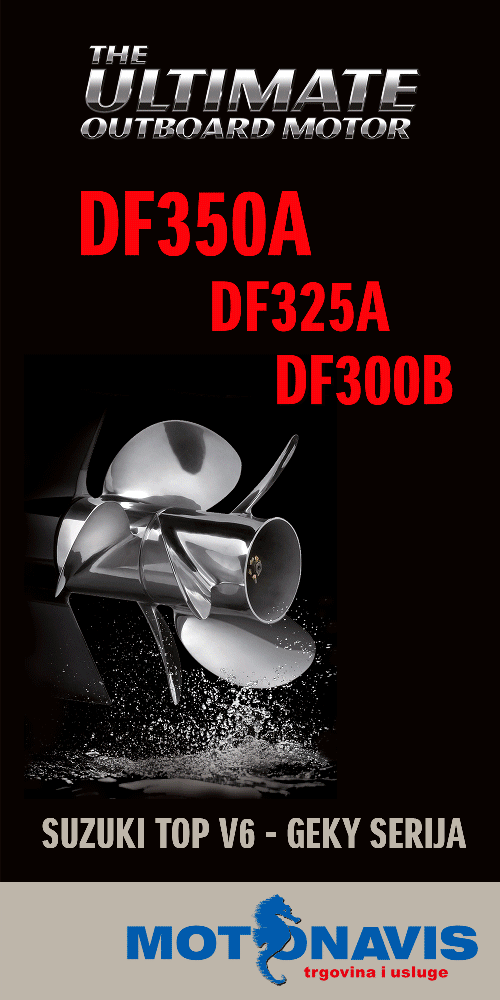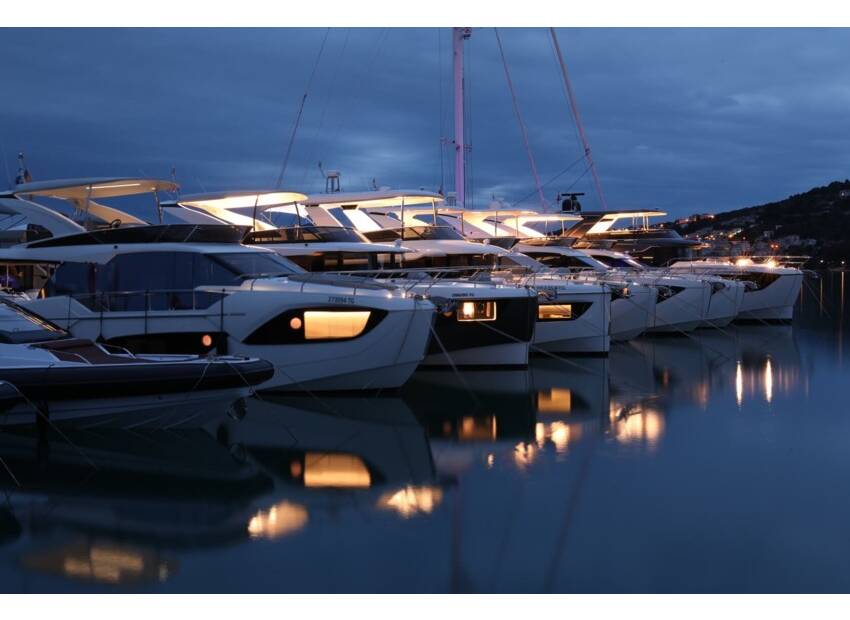Howes-Macnaghten Technology Ltd in the UK has patented a radically new keel design that is said to offer significant benefits in both speed and seaworthiness. The ´Loop Keel´ is a new form of keel that creates a faster, safer, more seaworthy yacht, but with the added advantages of a kinder motion and greater comfort at sea.
Designed by Jonathan Howes, an aeronautical engineer and keen sailor, the new Loop Keel offers a range of benefits including extra power from dynamic righting, improved keel efficiency and enhanced resistance to broaching. It is also said to be highly stall-resistant, even at extended leeway angles.
HMT Marine have spent three years developing the loop keel from the initial concept. The process has involved building seven different prototypes and conducting two sets of tank tests at the Wolfson Unit in Southampton. These, in turn, have been followed up with successful physical towing and sailing tests at Grafham Water Sailing Club.
By applying such rigorous testing methods, they have developed a product for the marine market, which offers significant benefits in terms of both speed and seaworthiness. As well as fine-tuning the loop keel, this tests have proved that it will outperform a fin keel of the same area and mass, making it a compelling case for every new cruising yacht to be fitted with this product.
Benefits
Performance
• Extra Power from Dynamic Righting
• Improved Keel Efficiency
• Broach Resistance
Seaworthiness
• Variable Displacement
• Stall Resistance
• Structurally Superior
Theory
The loop keel concept is described in UK patent GB2408487. The keel may be described as a closed loop under the hull of the vessel to which it is fitted such that the hull provides part of the closed loop. The keel may be configured to generate a continuous load per unit length around the loop thus forming a closed circulation system when the vessel is upright. If the vessel is heeled one side of the loop is lifted clear of the water surface and, if the force per unit length is such as to generate a higher pressure within the loop than within the free stream, a dynamic righting moment results.
This dynamic righting moment allows the yacht to generate more power as it creates a stiffer yacht. Where a yacht is fitted with the loop keel it will sail with the same heel angle as a fin keel, but in stronger winds and hence generating more power power. Alternatively where you sail against a fin keel in the same wind strength you will either heel less or be able to carry more sail and again, therefore, more power.
More: www.hmtmarine.com
Related articles

Astondoa 377 Coupe
A sporty line’ yacht in harmony with the marine environment that reflects the personality of the Shipyard's "Savage Ocean line"





















